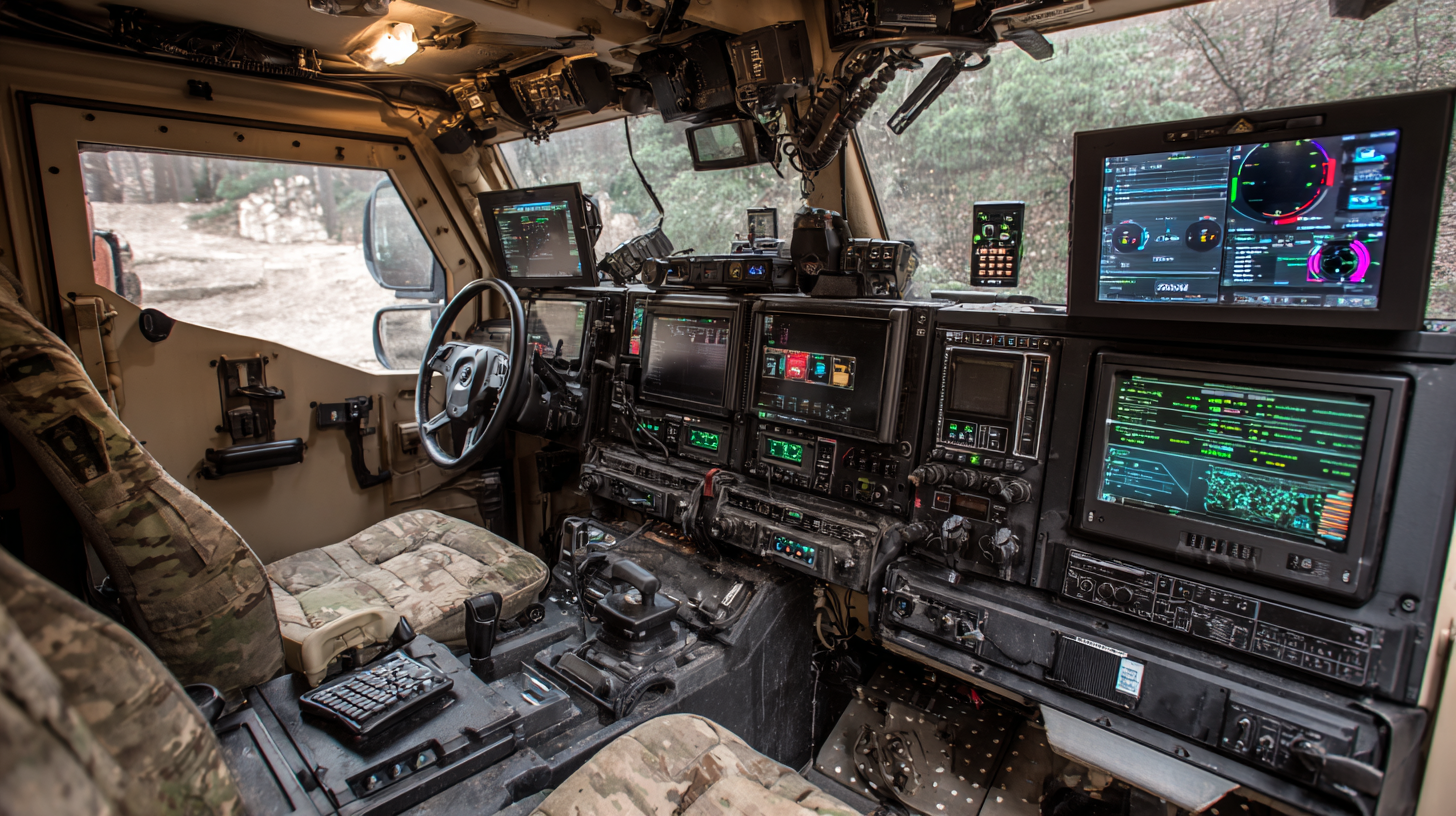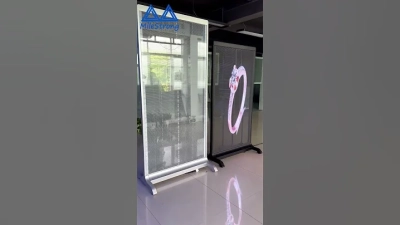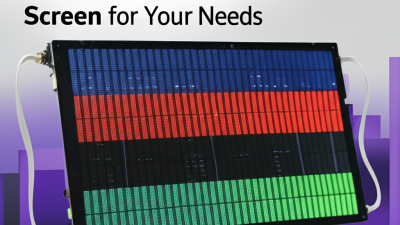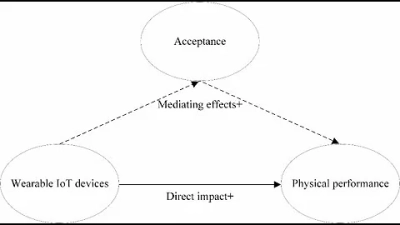
-
Home
-
Products
-
About Us
-
Case
-
News
-
BLOG
-
FAQ
-
Contact Us
Leave Your Message

When it comes to selecting the perfect Vehicle Mounted Screen for your specific requirements, understanding the diverse range of options available is crucial. According to a recent report by MarketsandMarkets, the global market for vehicle-mounted displays is expected to grow significantly, reaching USD 36.6 billion by 2025, driven by advancements in technology and the increasing demand for enhanced in-vehicle experiences. Factors such as screen size, resolution, connectivity, and durability play pivotal roles in determining the ideal fit for both personal and commercial use. By carefully evaluating these elements, consumers can ensure a seamless integration of Vehicle Mounted Screens into their vehicles, ultimately improving convenience and entertainment value on the road.
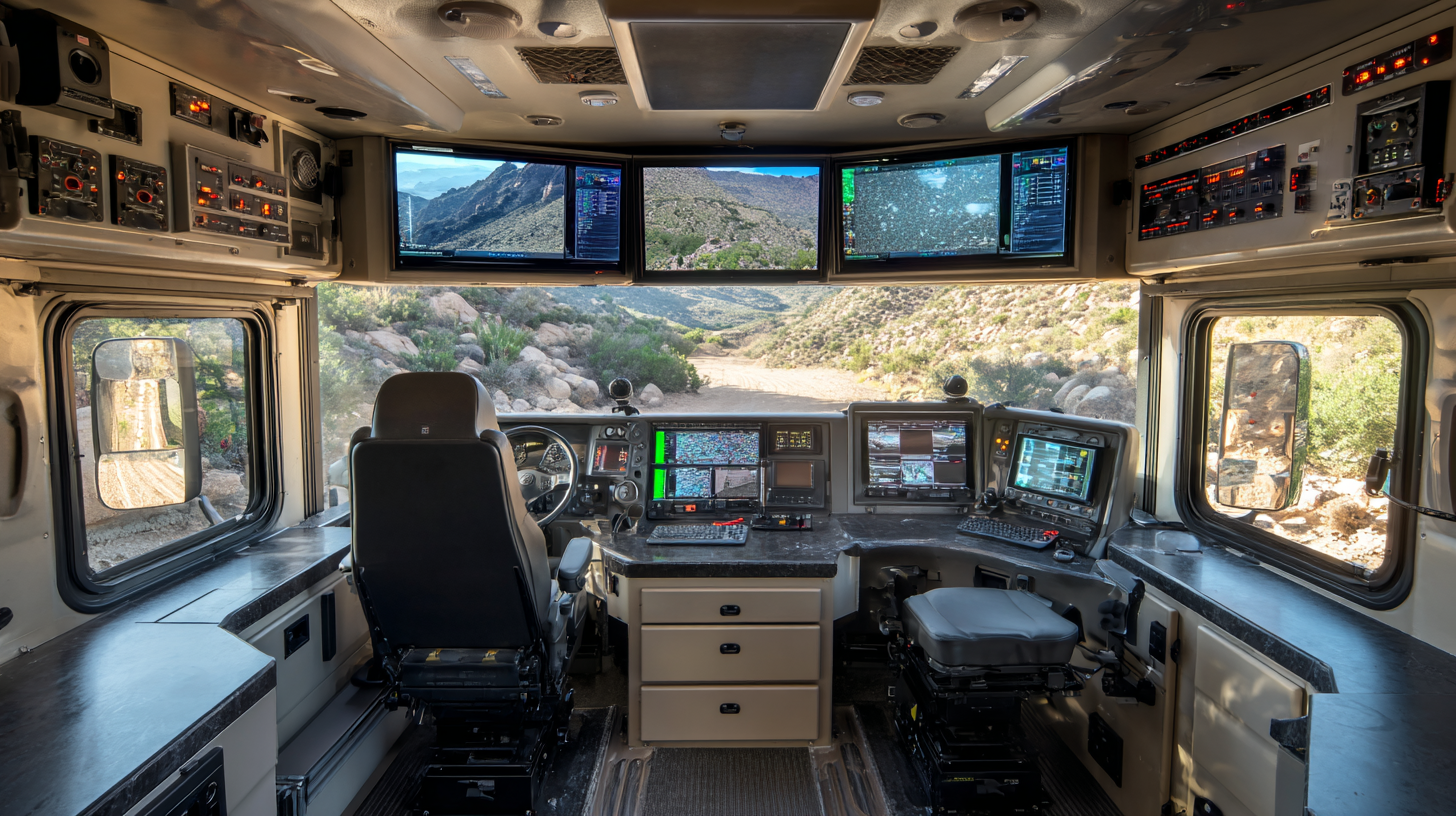
When it comes to selecting a vehicle-mounted screen, understanding the differences between LCD, OLED, and LED technologies is crucial for meeting your specific needs. According to a recent market report by ResearchAndMarkets, the global automotive display market is projected to reach $35 billion by 2027, showcasing the increasing demand for high-quality screens in vehicles. Each display type has its unique advantages and characteristics.
LCD screens, known for their reliability and affordability, are widely used in the automotive industry. They offer decent brightness and clarity but may struggle in direct sunlight compared to their counterparts. On the other hand, OLED screens provide superior contrast ratios and vibrant colors, making images pop with vivid detail. However, they can come at a premium price point and may be susceptible to burn-in over time. LED displays, which can be considered an evolution of LCD, offer better energy efficiency and slim designs, making them an ideal choice for compact installations.
**Tips:** When choosing a vehicle-mounted screen, consider how often you will use it in varying lighting conditions. If frequent use in bright environments is expected, an LCD might suffice, while those seeking a premium viewing experience could lean toward OLED. Also, keep in mind the screen size and compatibility with your vehicle’s infotainment system to ensure a seamless integration.
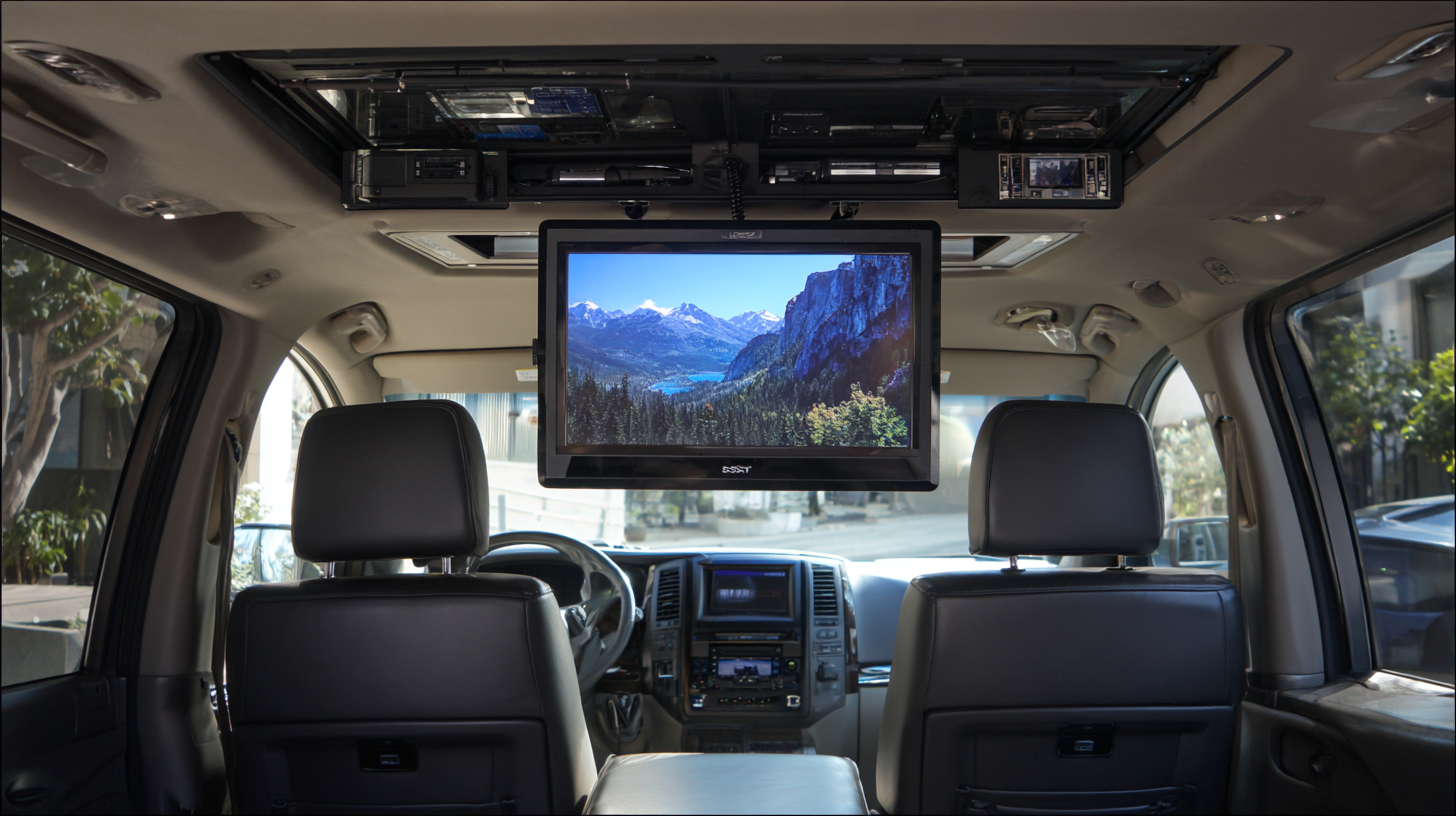
When selecting a vehicle-mounted screen, evaluating the screen size is crucial for ensuring optimal viewing within your vehicle's interior. The dimensions of the screen should complement the cabin space while allowing passengers to enjoy clear visibility without straining their eyes. In smaller vehicles, a compact screen in the range of 10 to 15 inches can fit seamlessly into the dashboard or headrests, providing enough visibility while preserving valuable space. Conversely, larger vehicles such as SUVs or vans can accommodate screens ranging from 15 to 20 inches or more, enhancing the viewing experience for multiple passengers.
Moreover, the installation position of the screen plays a significant role in determining the ideal size. Screens installed closer to the viewer necessitate a smaller dimension to avoid overpowering the space and causing discomfort. In contrast, screens positioned further away, such as those mounted on ceilings or large displays for entertainment in minivans, can be larger without sacrificing comfort. Consideration of the vehicle's interior layout and how the screen will be utilized—whether for navigation, entertainment, or communication—will ultimately guide you in selecting the right size for your specific needs.
When choosing a vehicle-mounted screen, resolution plays a crucial role in ensuring a clear and enjoyable viewing experience. The three primary resolutions to consider are 720p, 1080p, and 4K. Each has its unique advantages depending on the intended use and screen size. While 720p offers decent quality for basic entertainment, it may not provide the level of detail sought by those who prioritize visual clarity.
1080p, often referred to as Full HD, delivers sharper images with enhanced color accuracy, making it an excellent choice for watching movies or gaming. For individuals seeking the best possible experience, especially for larger screens, 4K resolution offers an unmatched level of detail and vibrancy. This higher resolution is particularly beneficial when viewing intricate designs or high-action scenes, as it minimizes pixelation and provides a more immersive viewing experience. Ultimately, selecting the right resolution depends on personal preferences, screen size, and the types of content being consumed while on the road.
When selecting a vehicle-mounted screen, understanding the different mounting options is crucial. Fixed mounting mechanisms provide a sturdy and permanent installation, making them ideal for users who require a consistent viewing experience without the need for adjustments. These systems are generally less expensive and straightforward to set up, catering well to commercial applications where reliability is critical.
On the other hand, adjustable mechanisms offer flexibility, allowing users to modify the screen's position based on specific viewing angles or to accommodate various activities. This option is particularly beneficial for families or groups, as it enables everyone to enjoy the screen comfortably. Retractable mechanisms take this a step further by allowing the screen to hide away when not in use, which helps maintain the aesthetic of the vehicle. This variety in mounting options ensures that users can find a fit that meets their unique needs, balancing functionality with comfort and convenience.
| Screen Type | Mechanism | Key Features | Ideal Use Case | Price Range (USD) |
|---|---|---|---|---|
| Fixed Screen | Fixed | Durable, always ready for use | Permanent installations, such as outdoor events | $300 - $500 |
| Adjustable Screen | Adjustable | Versatile height and angle adjustment | Presentations and varied viewing needs | $400 - $700 |
| Retractable Screen | Retractable | Compact storage, easy to deploy | Traveling presentations or temporary setups | $250 - $600 |
| Portable Screen | Portable | Lightweight, easy setup | Outdoor events and quick setups | $200 - $400 |
When selecting a vehicle-mounted screen, connectivity plays a vital role in ensuring the device meets your personal and technical needs. With an increasing reliance on smartphones and portable devices, compatibility has become an essential factor. A report by the Consumer Technology Association revealed that nearly 75% of consumers prioritize device connectivity features when selecting tech products for their vehicles. This trend indicates that users prefer screens that seamlessly integrate with their smartphones, providing access to applications and features they regularly use.
Moreover, technological advancements in wireless connectivity, such as Ultra-Wideband (UWB) and improved Bluetooth protocols, enhance the user experience by allowing quick and reliable connections between devices. As more vehicles adopt smart technology, the ability to easily connect devices not only elevates the convenience but also ensures a safer driving environment. Many users are also seeking compatibility with emerging systems, such as streaming services and voice assistants, reflecting a broader demand for integrated tech solutions inside vehicles. Therefore, evaluating connectivity options, including support for various wireless standards and third-party applications, can significantly influence your choice of a vehicle-mounted screen.
